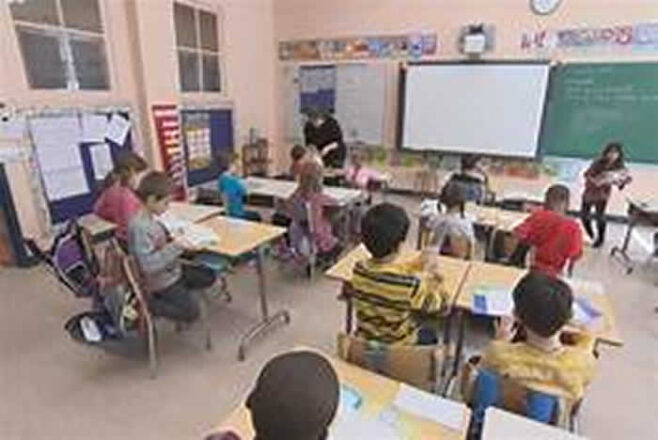People will come up with the best excuses for not doing something ‘because of the pandemic.’ Okay, I get it. Some people are really immunocompromised and cannot, therefore, be exposed to the virus one way or another. People are not compelled to do something that they are not able to do or do not want to do. That is their right and they do have to look out for their health. For everyone, however, to be limited in activity or movement when they actually can be back to their routines, is an injustice, and in fact, a social justice issue.
The BC government has been good at making sure Canadians are safe and follow protocol (except for some who think they are a member of the Avengers or the Justice League, and are invincible, so they party on recklessly). Other than that, we should get an A+ for following the rules and flattening the curve. Because of this, schools need to reopen for the sake of the kids, parents and the economy, and we can do it safely by focusing on protecting teachers and the children altogether. This is not only an educational issue, but a social justice issue as well.
Aside from a child’s home, no other setting has more influence on a child’s health and well-being than their school. The in-person school environment provides educational instruction, supports the development of social and emotional skills, creates a safe environment for learning, and facilitates physical activity. European countries opened schools first, compared to other countries in the world. Europeans get it. They understand that society collapses quickly when you stop educating your children. The imperative on the continent was to reopen schools as quickly as possible. And they did. Only Sweden didn’t because it didn’t close its schools in the first place, which was probably a big disappointment for Greta Thunberg.
Most infectious disease epidemiologists have said, time and again, that kids have been relatively safe in this pandemic. Kids are less susceptible to the virus, don’t often feel sick if infected and are not big spreaders. The teachers are the susceptible ones in this pandemic, and safety for them may begin with a robust testing program, so they feel safe in the classroom. We know that uncertainty about one’s health and the health of others makes it difficult to feel confident enough to return to work.This also why teachers get yearly flu shots. Other efforts could further reduce the risk of grown-ups infecting other grown-ups.
There are also many ways how schools can be safe from the virus this year. Require masks in school hallways and other spaces that classrooms share. Open windows and doors, weather permitting, to circulate more clean air. Keep parents outside the building at drop-off and pick-up. We also need to implement flexible administrative policies to allow the most vulnerable teachers and staff to stay home.
If we don’t open schools fully, it comes at a developmental and economic cost. Remote learning disproportionately cripples lower-income families trying to survive and millions unemployed trying to find jobs. It is also these families who cannot afford to have devices and a working Wifi at home for their kids to work on. Reduced work productivity, lost income, increased child care costs, and greater challenge for under- and unemployed to find jobs stop a robust economic recovery. I have not heard one bit from the Trudeau government if there is at least an increase in child-care benefits just in case the kids have to work remotely again and parents are already back to work.
The harms attributed to closed schools on the social, emotional, and behavioral health, economic well-being, and academic achievement of children, in both the short- and long-term, are well-known and significant. Long breaks from in-person education are harmful to student learning. The effects of summer breaks from in-person schooling on academic progress, known as “summer slide,” are also well-documented, with kids losing 20 percent of their school-year gains in reading and 27 percent of their school-year gains in math. Losing several months of schooling, compared to the few weeks of summer vacation, due to school closure likely only makes the learning loss even more severe and detrimental to continued learning. Plus, kindergarten and elementary school students cannot learn remotely. They need live interaction with their peers to help hold their attention and learn how properly to interact socially. Ultimately, it makes no difference how old you are. The simple fact is, if you’re a school-age child, you should be in school. That’s just a fact of life and child development.
There is insufficient justification for continued remote learning in the fall. It’s time to use evidence, administrative policies, available testing and engineering to protect teachers. Learning in the classroom is necessary for our school children and essential for a productive workforce and economy. It’s time to get our kids back into the classrooms.








